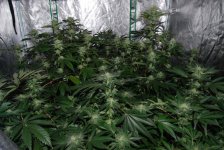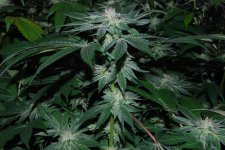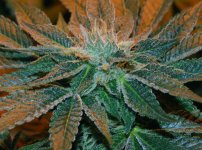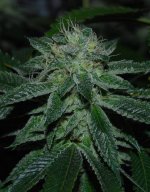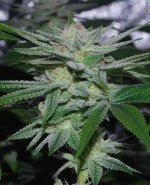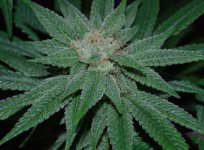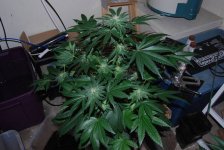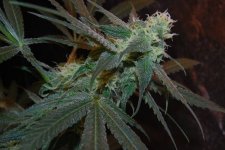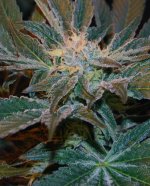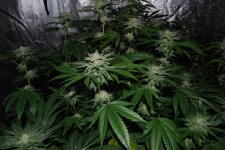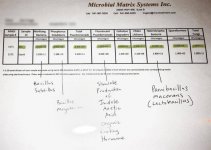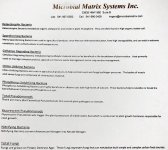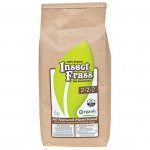I'll stipulate that it is, without a doubt, a material with THE highest microbial life in the entire universe. Finis.
So is a leg with gangrene. A festering sore. The socket of a decaying tooth. How does that relate to the microbes in a soil or those found in worm castings?
Manure is manure - run it through your worm bin
So is a leg with gangrene. A festering sore. The socket of a decaying tooth. How does that relate to the microbes in a soil or those found in worm castings?
Manure is manure - run it through your worm bin

